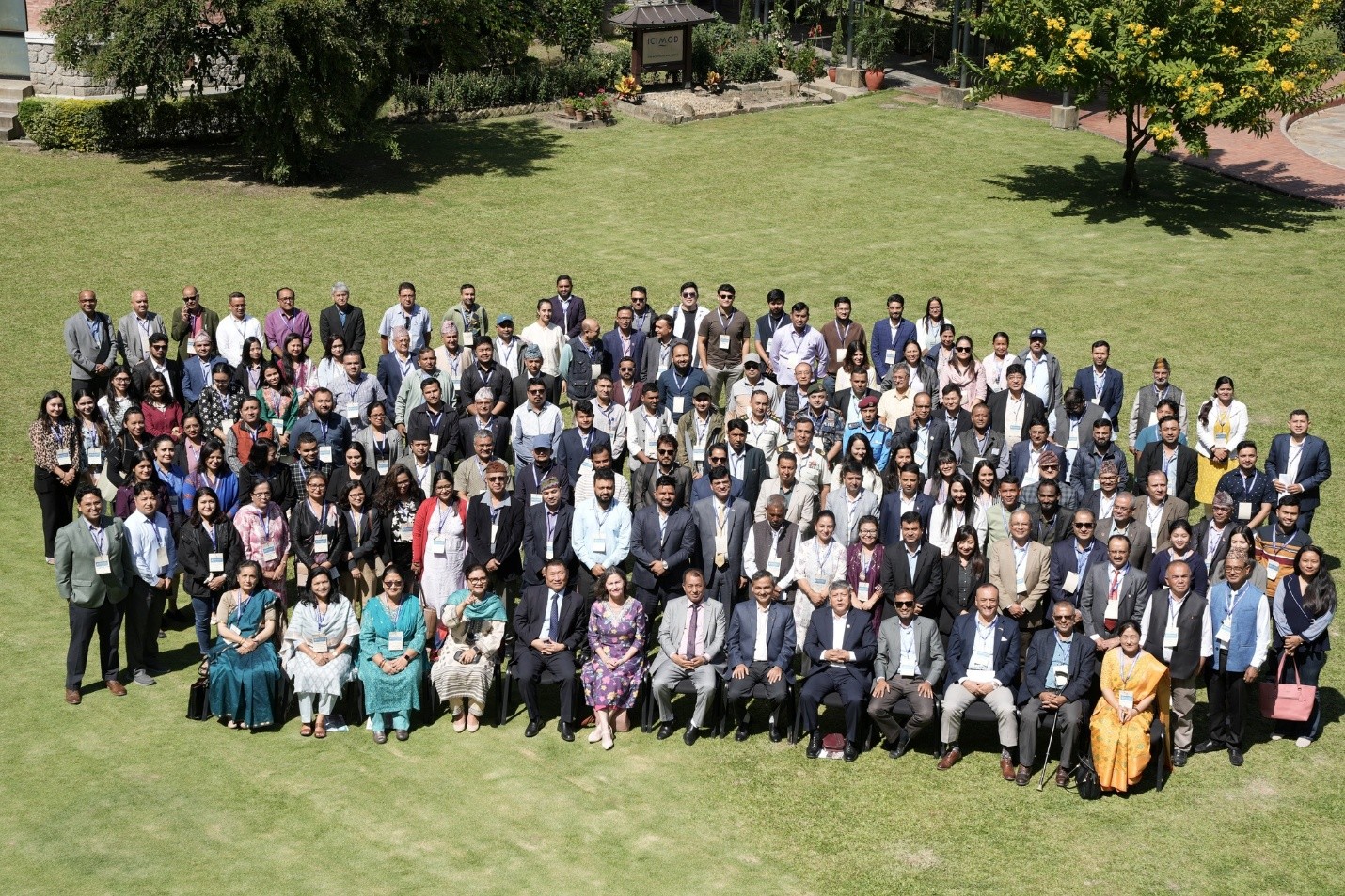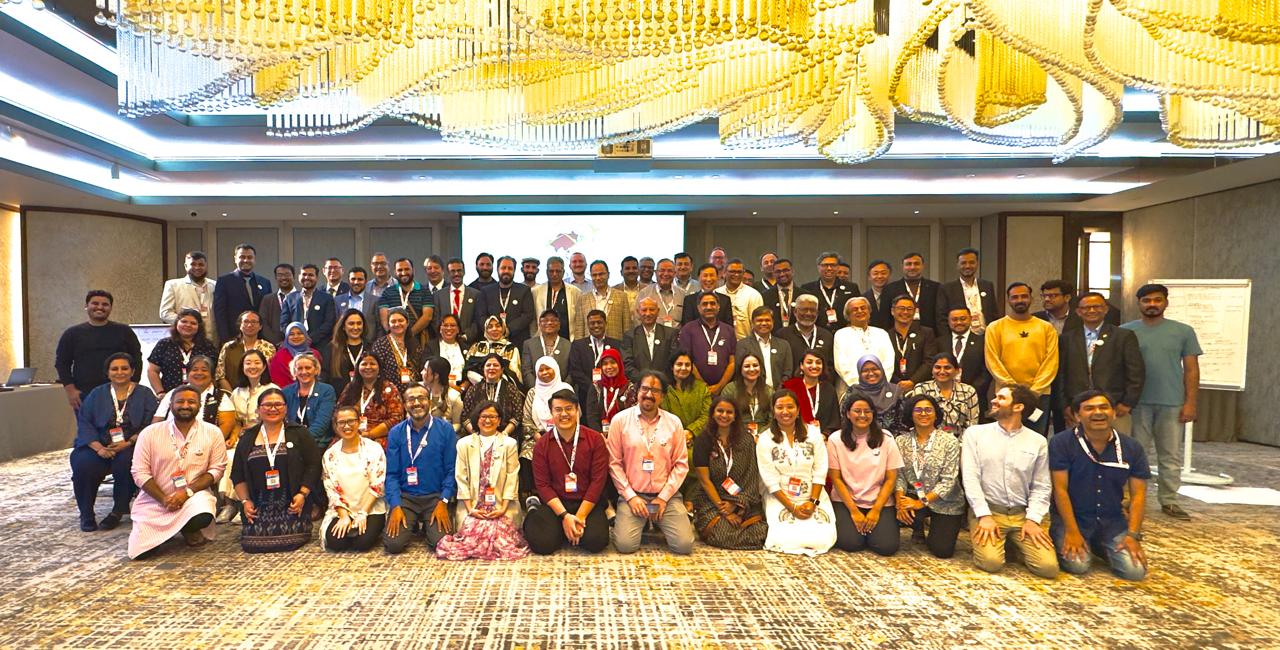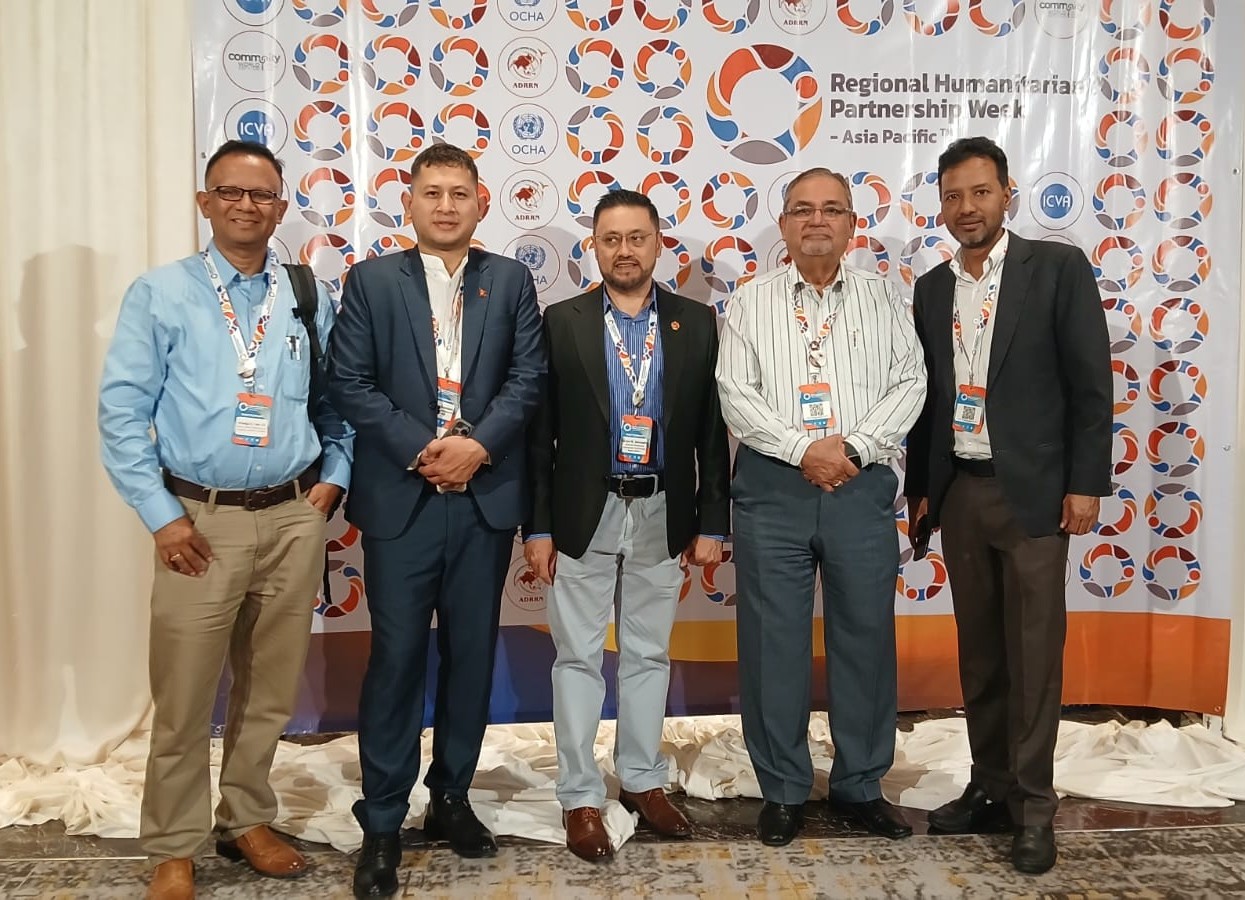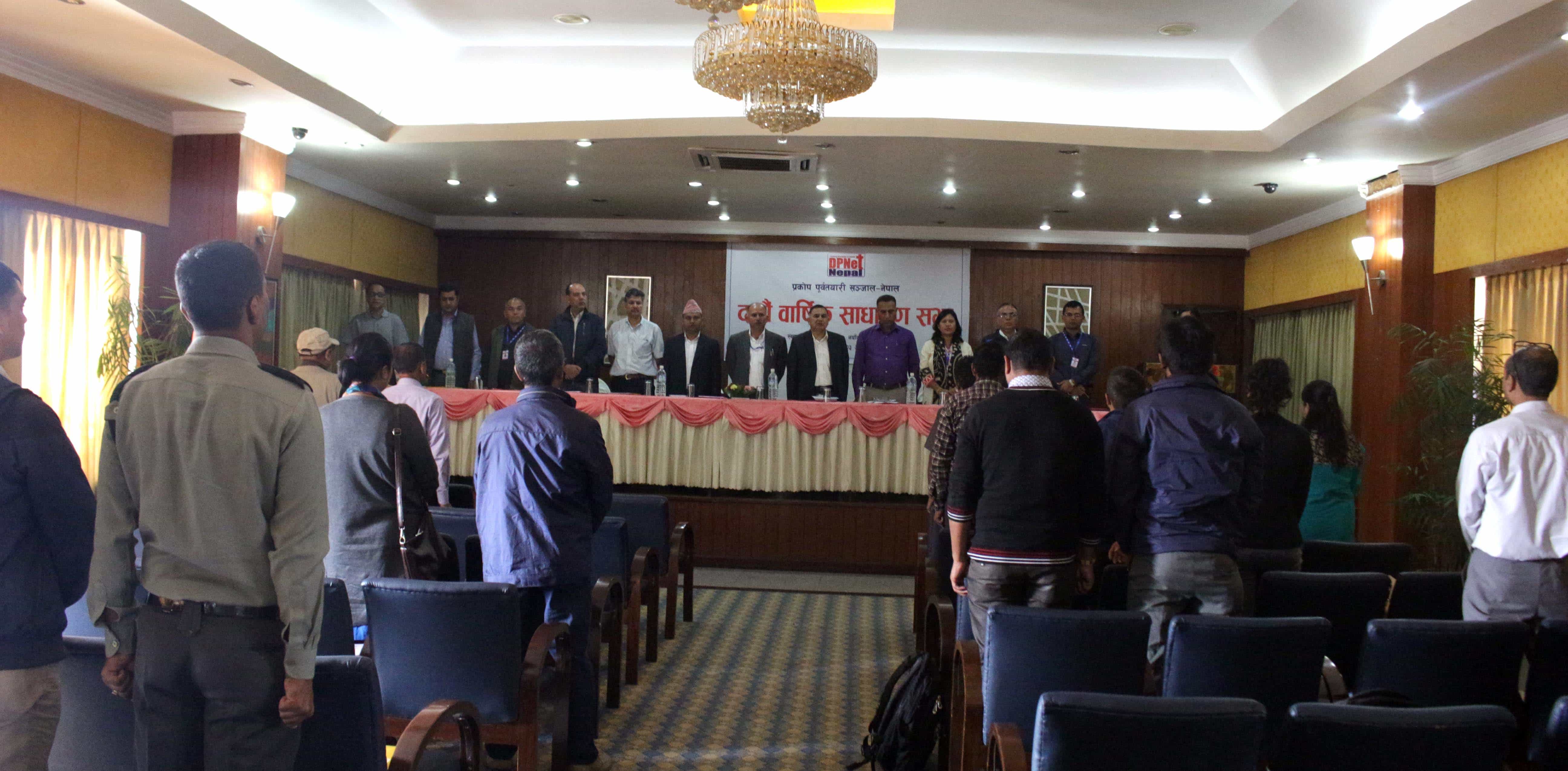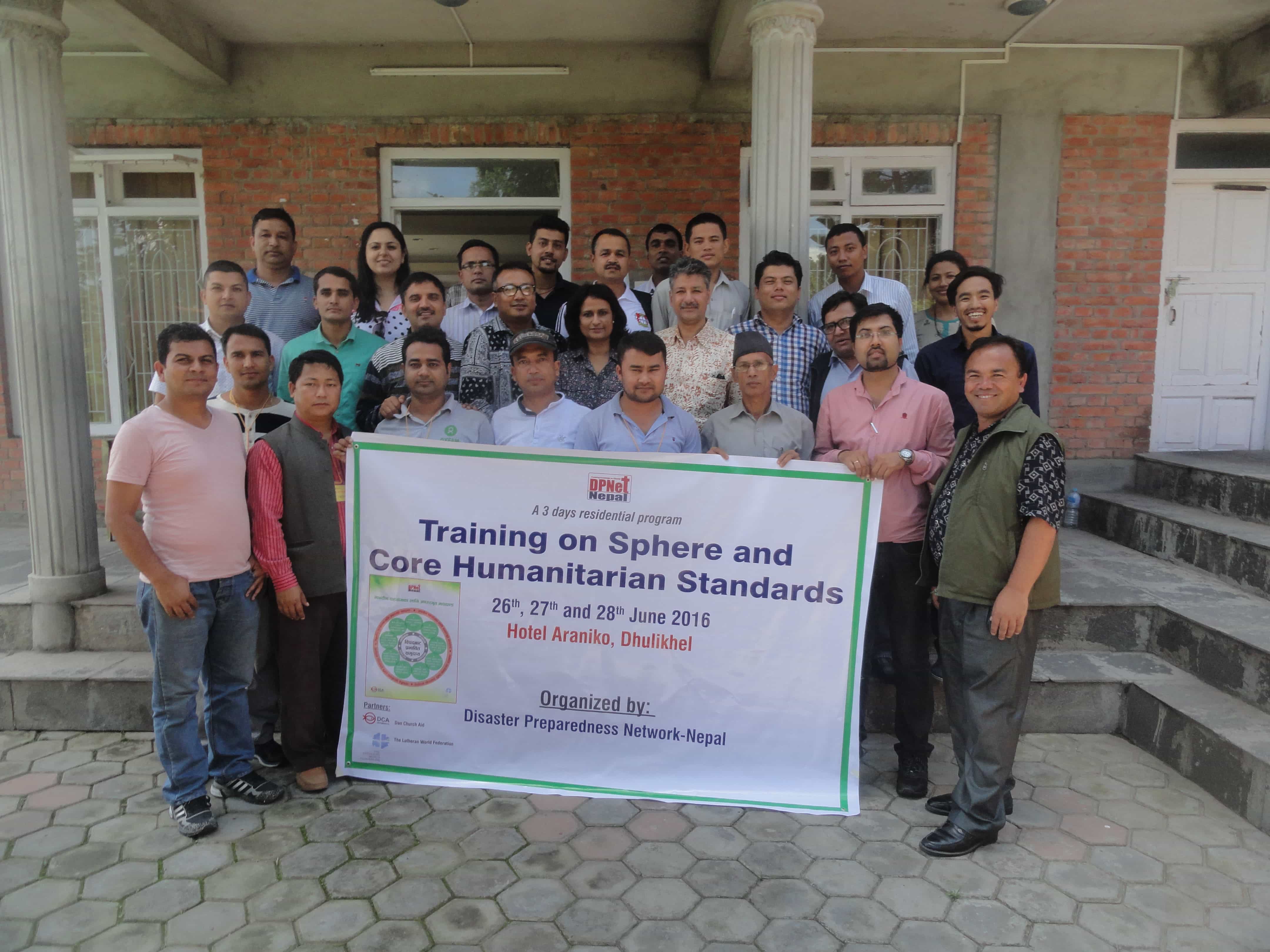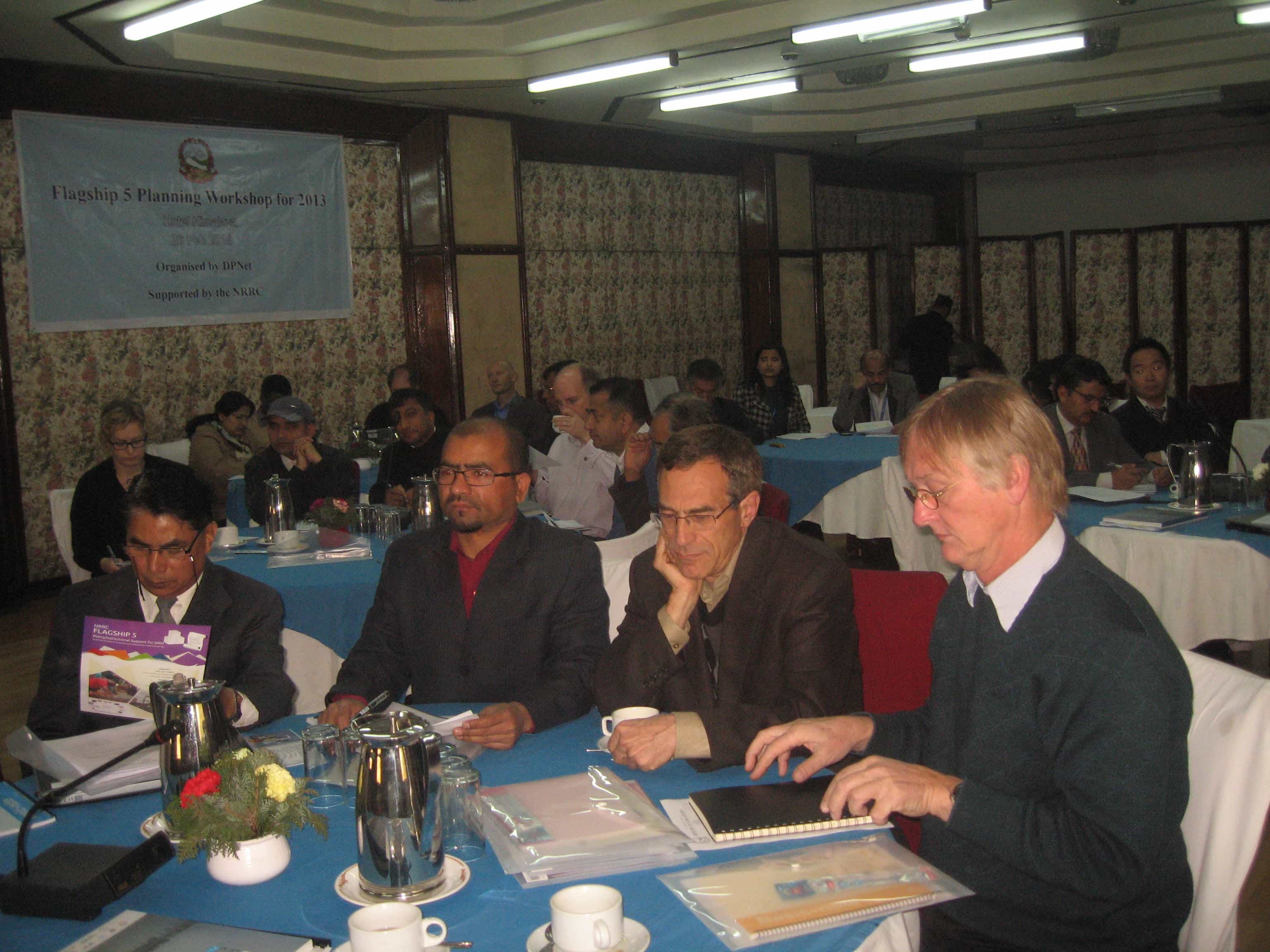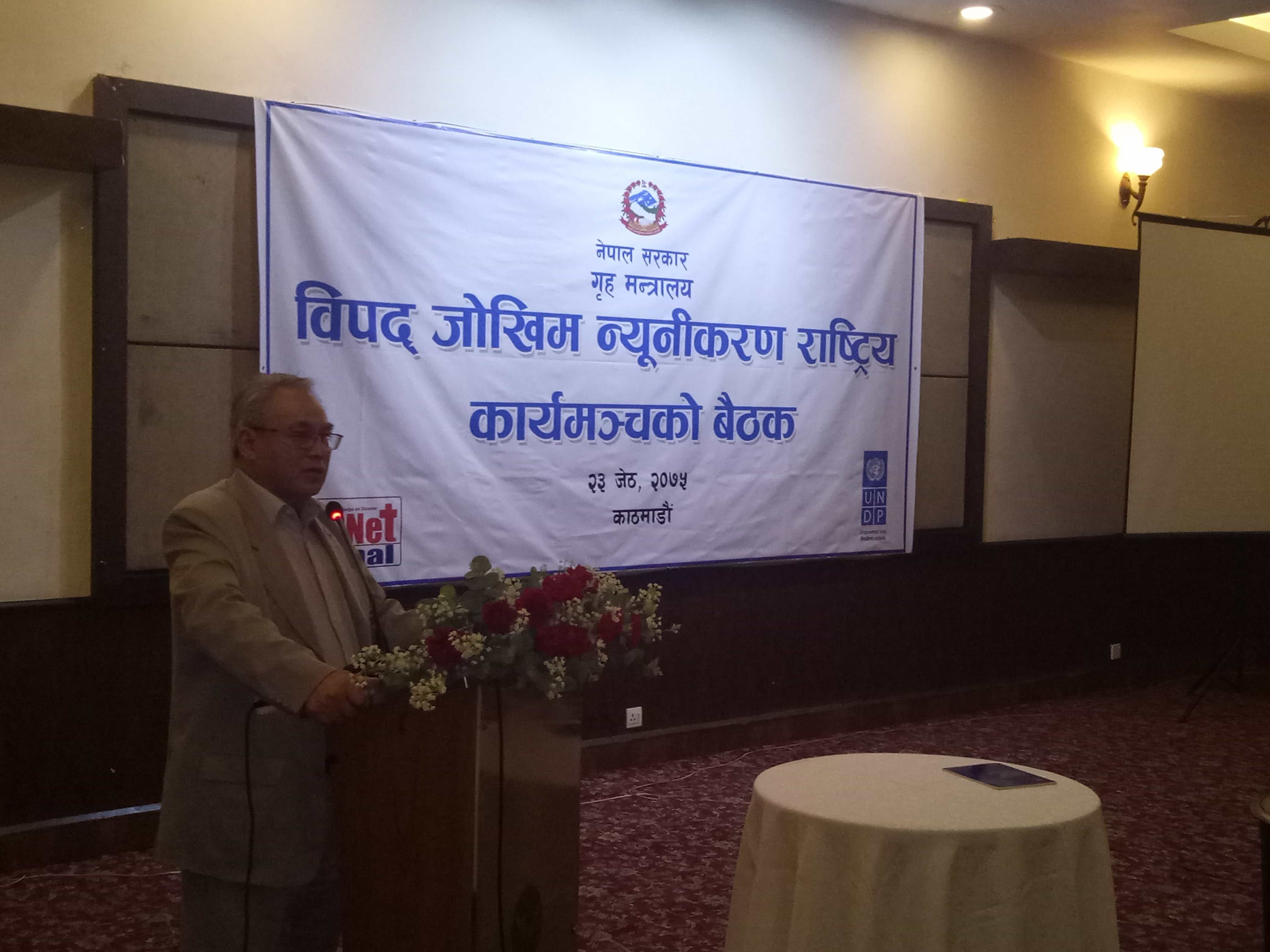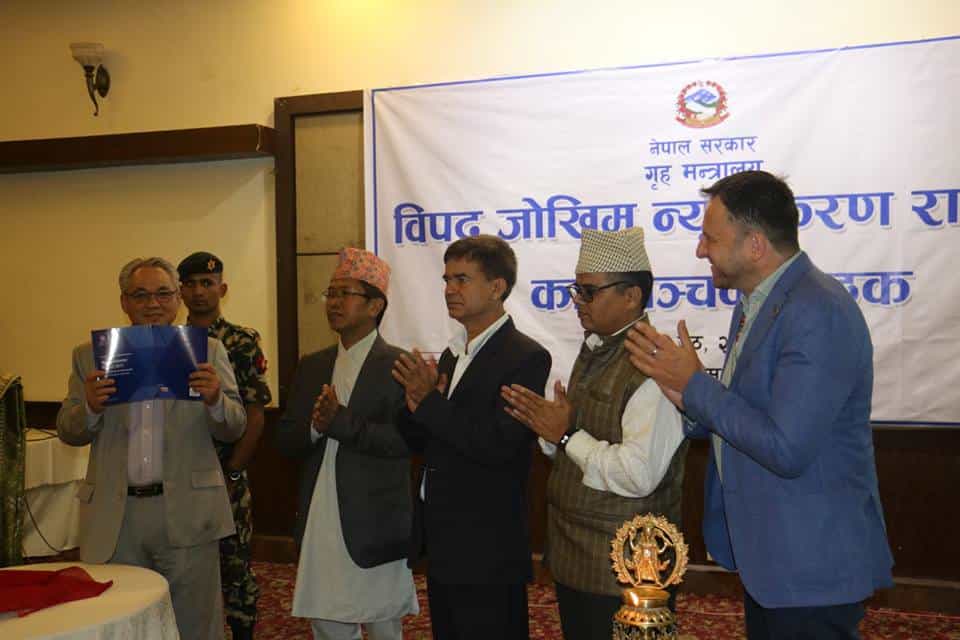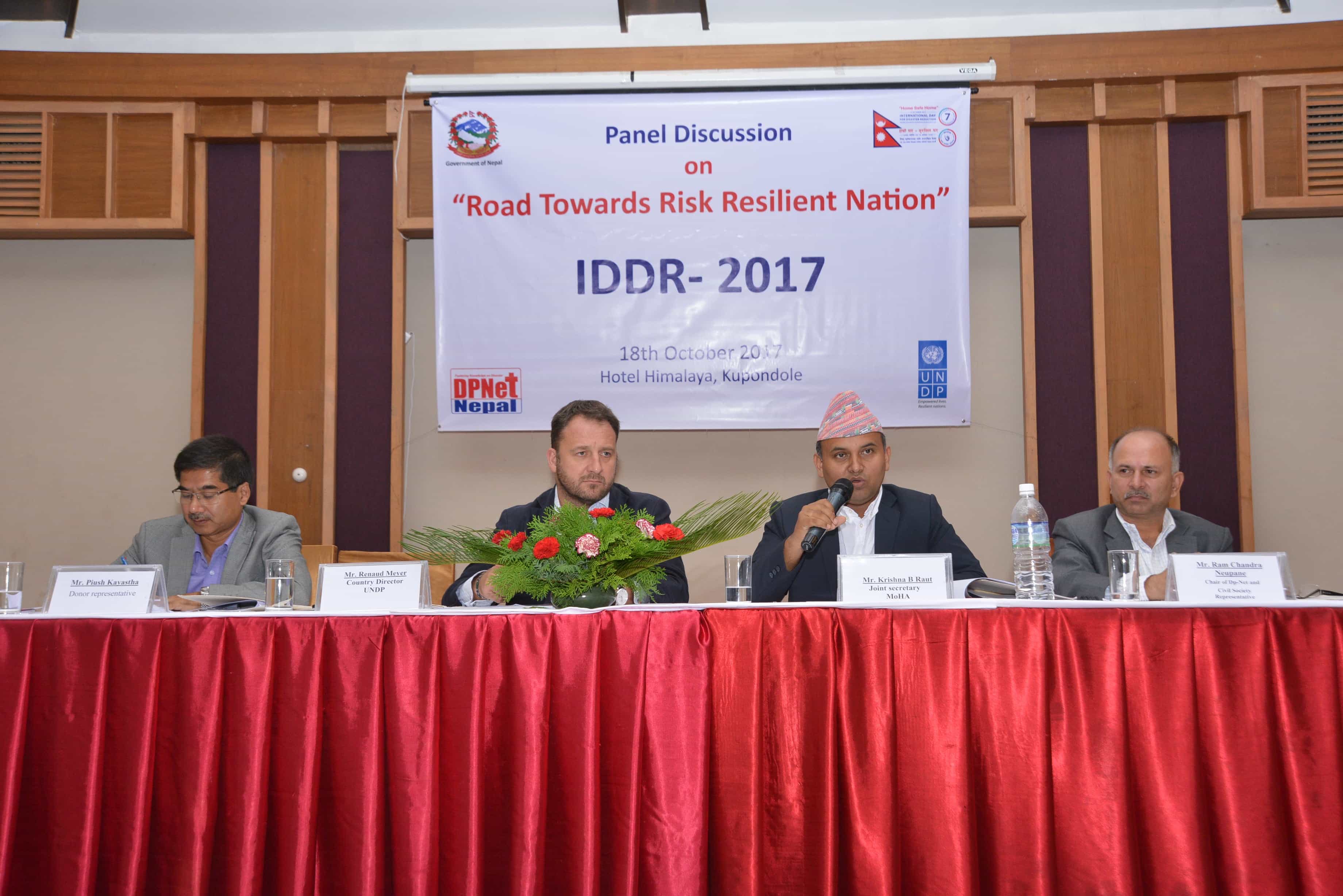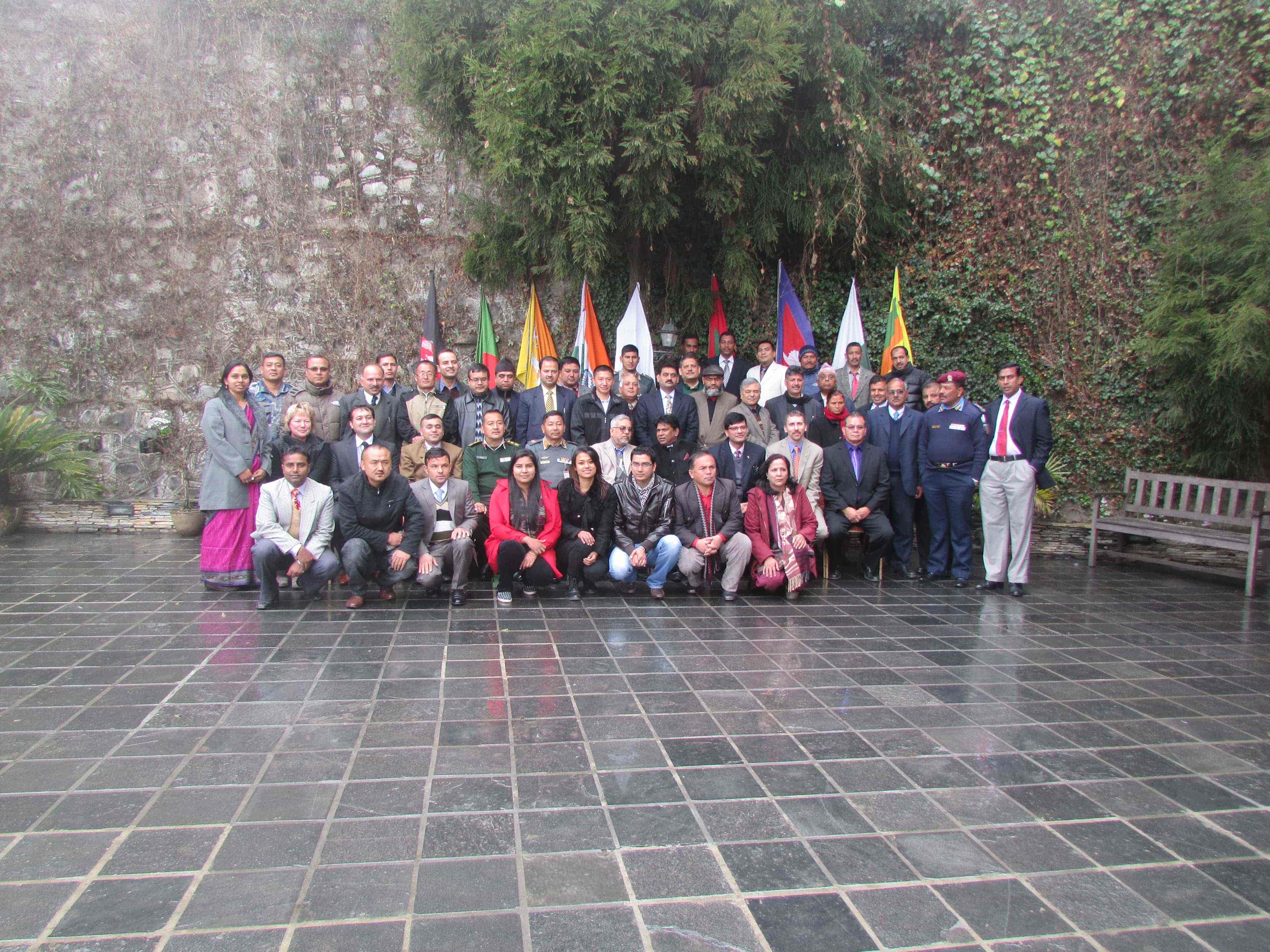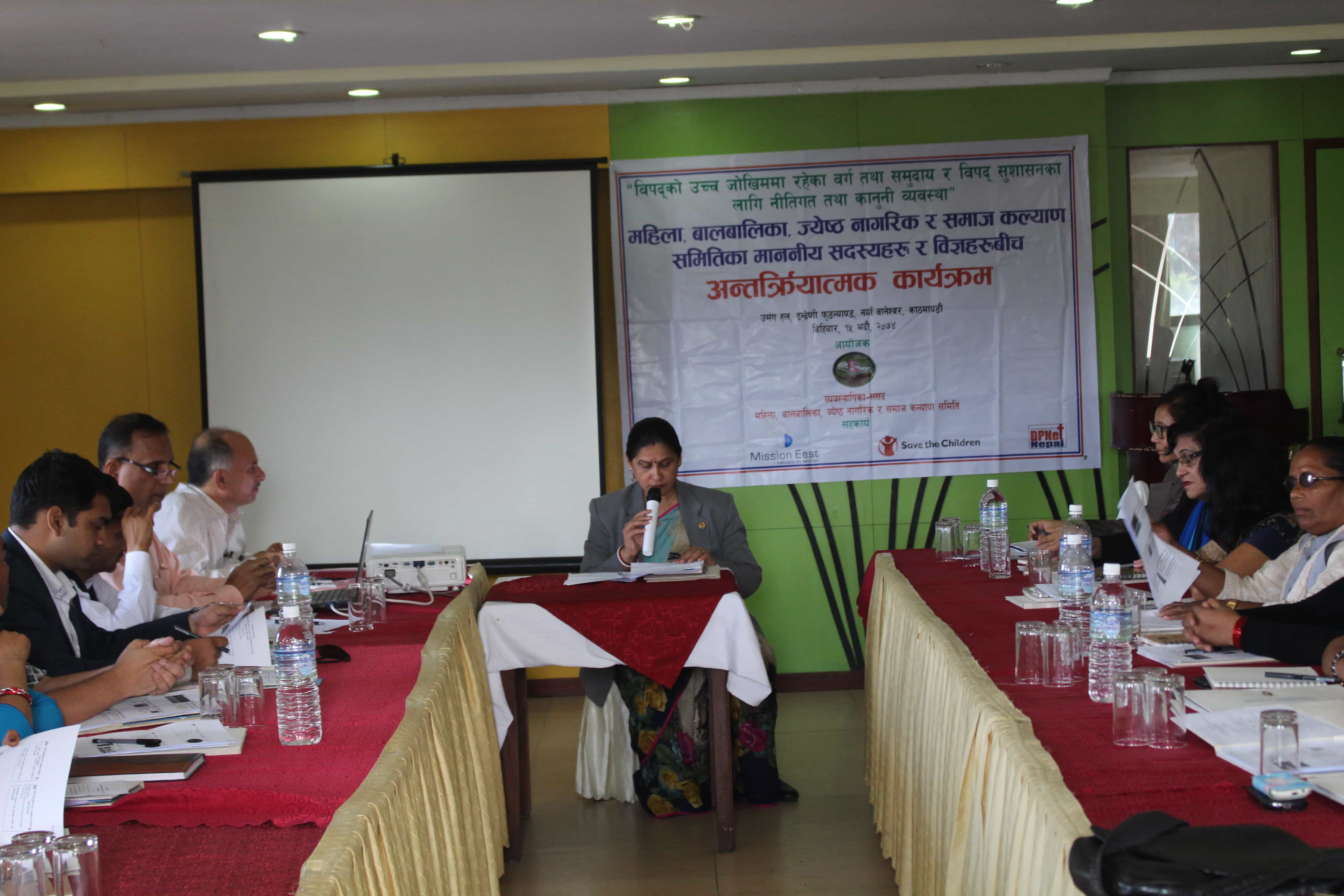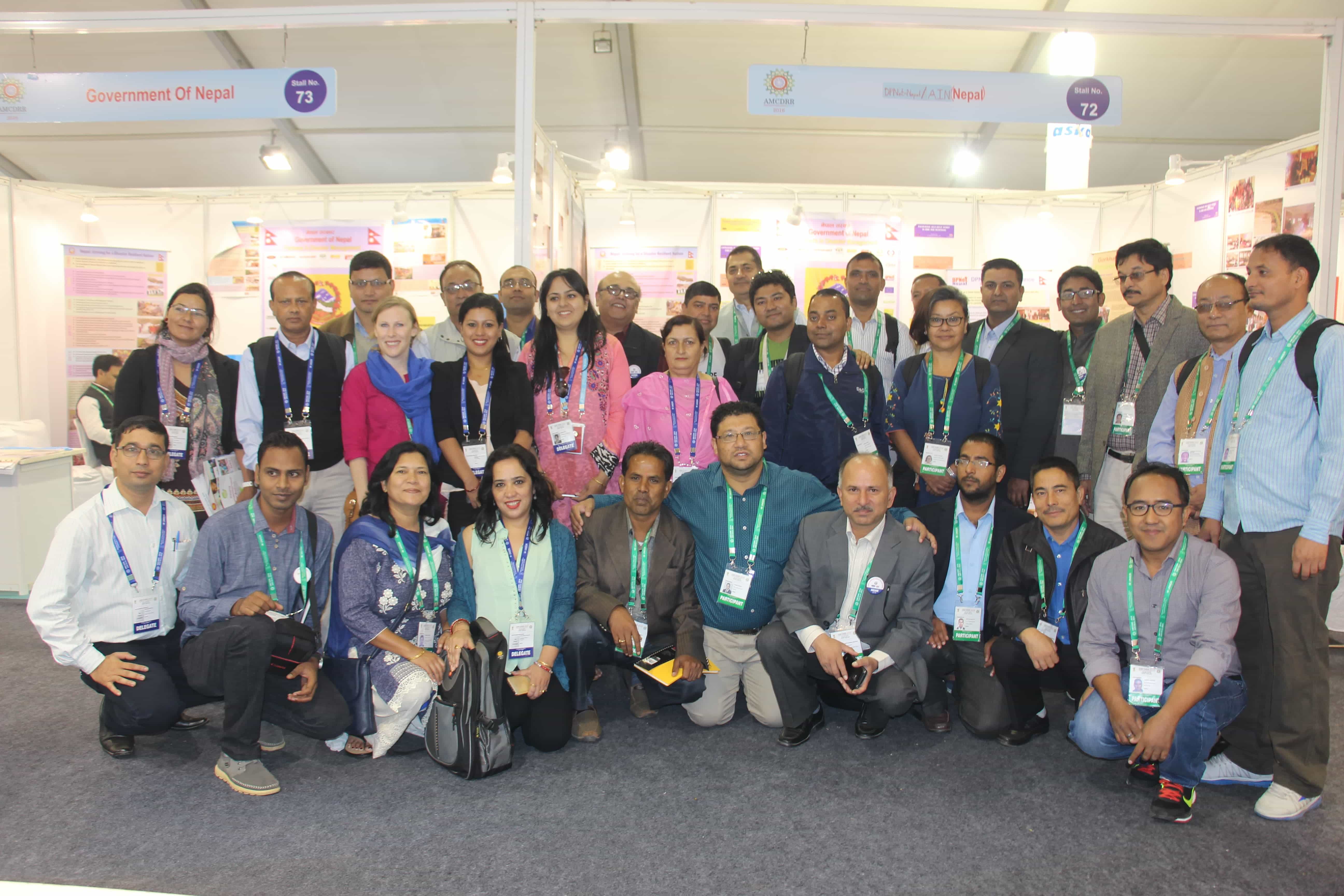DPNet Discussion on the Bajhang Earthquake
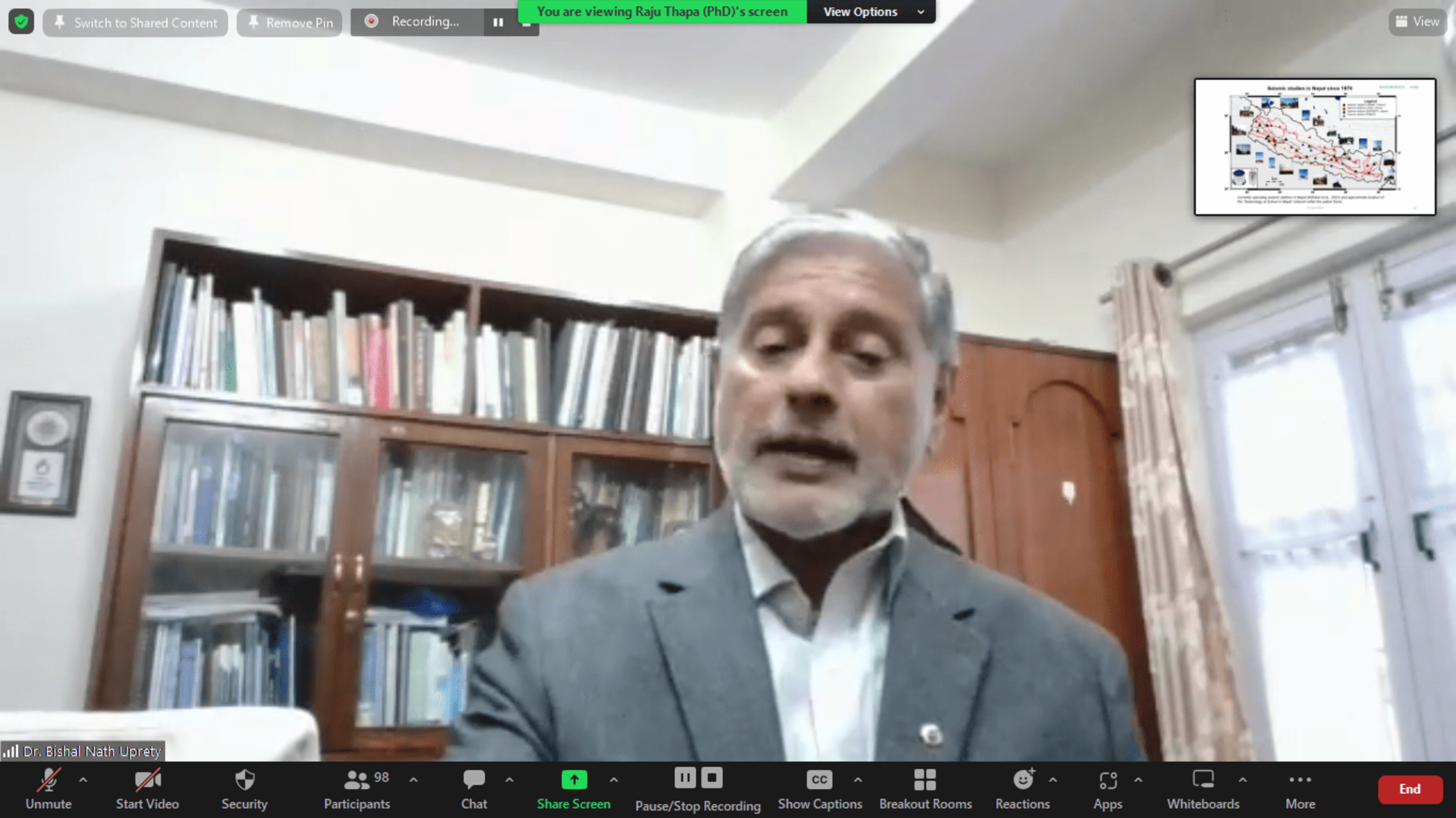
On October 4, 2023, DPNet Nepal organized a virtual interaction session titled “Discussion on Bajhang Earthquake” using an online platform. The purpose of this session was to provide an updated overview of the situation, incorporating first-hand accounts from residents of the Bajhang district, and expert perspectives on the earthquakes and the probable efforts to make for the future based on the experiences from this happening. It aimed to shed light on recent seismic occurrences that have affected the far western region of Nepal, particularly Bajhang.
The program began with a warm welcome by Dr. Raju Thapa, the Acting Chair of DPNet Nepal, to all the participants in this emergency meeting. Dr. Thapa in his presentation stressed the emergence of the current situation where a series of earthquakes, including a significant one measuring 6.3Richter scale recently occurred in the Bajhang District. He explains the scenario that in 2023 alone, out of the 43 earthquakes with a magnitude greater than 4, a majority, 33 to be precise, are situated west of Kathmandu, he shared. There hasn’t been any substantial rainfall at earthquake affected area, which is little relief to the present situation. The impact of the earthquake has been felt as far as Arghakhachi, and due to numerous aftershocks, Bajhang Hospital has relocated lactating mothers outside the hospital building for safety reasons. He added that the Earthquake has triggered dry landslides, adding to the complexity of this situation. He emphasized the need for the concerned stakeholders to come together to address these challenges to support the affected lives and communities by the calamity and enhance preparedness for any disasters that might occur in the future. Dr. Thapa highlighted that there is a seismic gap of 500 years in western Nepal. This unpleasant situation highlights an immediate need for increased awareness and preparedness about Earthquake safety. Dr. Thapa further shared his conversation with the Chief Executive of NDRRMA, who emphasized the urgent need for at least 50 engineers to conduct rapid visual assessments. Furthermore, there is an immediate requirement to provide relief assistance of fifty thousand to each affected households.
Prof. Dr. Bishal Nath Upreti, President of NCDM, and former Chair of DPNet, gave an overview of the history of the Earthquake in Nepal during his presentation. He shared his insights on the long history of Earthquakes in Nepal from 2037 B.S. (1980 A.D) and moved forward to outline the recent earthquake with an epicenter in the Bajhang District in Sudur Paschim Province that occurred on October 3, 2023, at 14:40. Strong aftershock at 15:13 with 6.3 RS USGS 6.7 Mw, depth 10 km occurred immediately after the main shock. The tremor was felt in surrounding districts Bajura, Achham, Dadeldhura, Baitadi, and Darchula as well as Kathmandu along with Delhi in Uttar Pradesh in India. The Modified Mercalli Intensity Scale (MMI) shows nine thousand people were directly exposed and affected during the incident. He shared his knowledge by recognizing that if an Earthquake with less intensity occurs initially, followed by a larger one then there is a lower chance of significant damage compared to the reverse scenario. This is because, when a smaller magnitude earthquake occurs first, it alerts people to move to safer locations. Moreover, the timing of the earthquake can significantly impact the extent of damage, particularly during daylight hours’ damages occur less. However, it’s observed that students and office personnel are more susceptible to injuries, as evident in the context of the Bajhang district. He emphasized the fact that, if an Earthquake with a magnitude exceeding 8 on the Richter scale had occurred, it would have resulted in substantial devastation. In addition to this, Prof. Dr. Upreti stressed the need to establish Earthquake Early Warning System and raise awareness among the people to minimize the risk.
According to Prof. Dr. Upreti , The way forward includes establishing an Earthquake Early Warning System, increasing public awareness, improving government preparedness, providing advanced training to security forces, setting up an international standard National Disaster Training Centre, and strengthening disaster preparedness agencies like NDRRMA and MoHA. He emphasized that the western province government should show interest in these issues, given the high earthquake vulnerability on both sides of Nepal. He expressed that with a government allocation of 10 crore for NAST, the early warning system can be initiated which aims to alert people as soon as an earthquake starts, potentially warning Kathmandu within 35-40 seconds in the event of an earthquake in Ilam, with a 30-second warning transmission from Birgunj to Kathmandu.
Mr. Birendra Khadka, the FAYA Nepal representative from Bajhang, provided an update on the current situation on the ground. He explained that the government had convened a District Disaster Management Committee Meeting in Bajhang to establish a coordinated mechanism. This meeting involved the Chief District Officer and the Chief of the local government. Mr. Khadka also mentioned that the Initial Rapid Assessment would be finalized soon, which would facilitate smoother relief efforts. He reported that health centers had not sustained significant damage, but traditional school buildings were severely affected. Additionally, he noted that there were five instances of earthquake-triggered landslides in the region.
Mr. Hari Karki highlighted the potential need for relief support related to protection and psychosocial counseling for individuals in the affected area. Ms. Renu Sijapati emphasized the importance of collecting disaggregated data on pregnant women and ensuring GEDSI sensitivity during relief operations. Mr. LB Mahara mentioned that various organizations had participated in immediate response efforts, but there was still a lack of preparation for long-term disaster events. Mr. Rabin Chaulagain from NHSRP reported that data collection on affected households was ongoing, with a focus on maintaining proper tracking and relief mechanisms. Mr Suman Pradhan explained that based on the distribution buildings by Central Bureau of Statistics and, Intensity Distribution level, NSET estimate that approximately 15000 buildings have incurred some level of impact or damage.
Mr. Tej Kumar Karki emphasized the importance of raising community awareness at the individual level to ensure that individuals are well-informed about life-saving actions to take during house collapses and other disaster events. Mr. Santosh Gyawali requested an immediate assessment and emphasized the need to prioritize shelter as winter approaches, which may be an urgent concern. He also stressed the importance of involving all local government leaders. Dr. Suman Rawal expressed the need to concentrate on the current earthquake response but also expressed interest in understanding how agencies can assist with Early Warning Systems.
Mr. Surya Bhadaur Thapa, DPNet Chair emphasized the importance of effectively mobilizing teams in the field and ensuring seamless coordination among relevant agencies while eliminating any duplication of efforts. He stressed the necessity of providing technical support and enhancing the capacity of local governments through civil society organizations and non-governmental sectors, rather than solely focusing on relief distribution. Mr. Thapa pointed out that such disasters should serve as preparation for potential mega-disasters and should be viewed as opportunities for learning and improvement. He further mentioned that DPNet is going to establish a dedicated coordination desk and offer assistance in data collection. DPNet is also ready to facilitate capacity building at the local level to support platforms such as drrportal and bipadportal, as well as contribute to preparedness and advocate for long-term disaster resilience, providing support to local authorities.
The meeting has decided to task DPNet with the preparation of situational reports and the coordination of efforts among all networks and stakeholders so that the knowledge and recommendations gained from this experience can be effectively utilized in the event of other further disaster.
